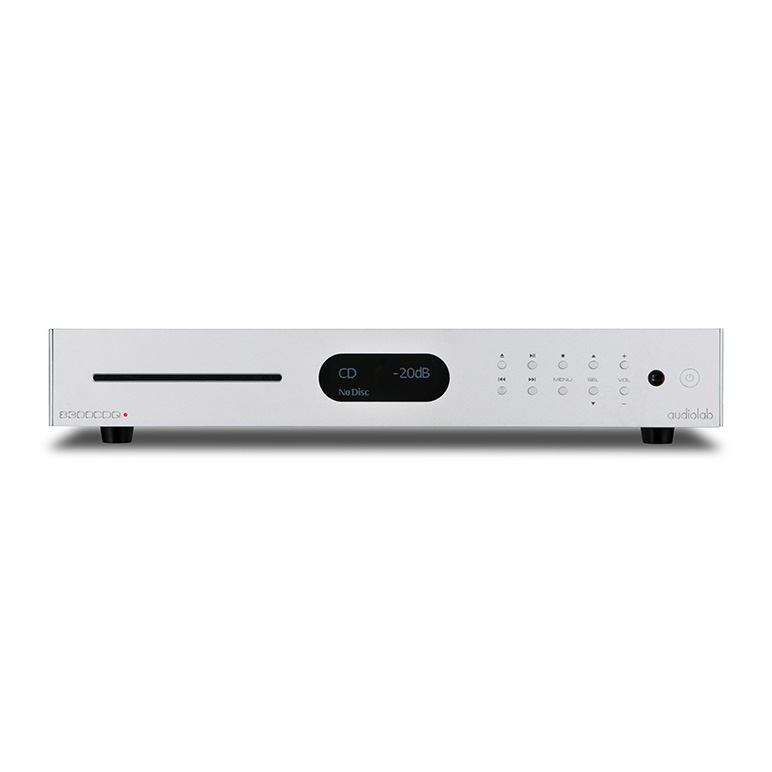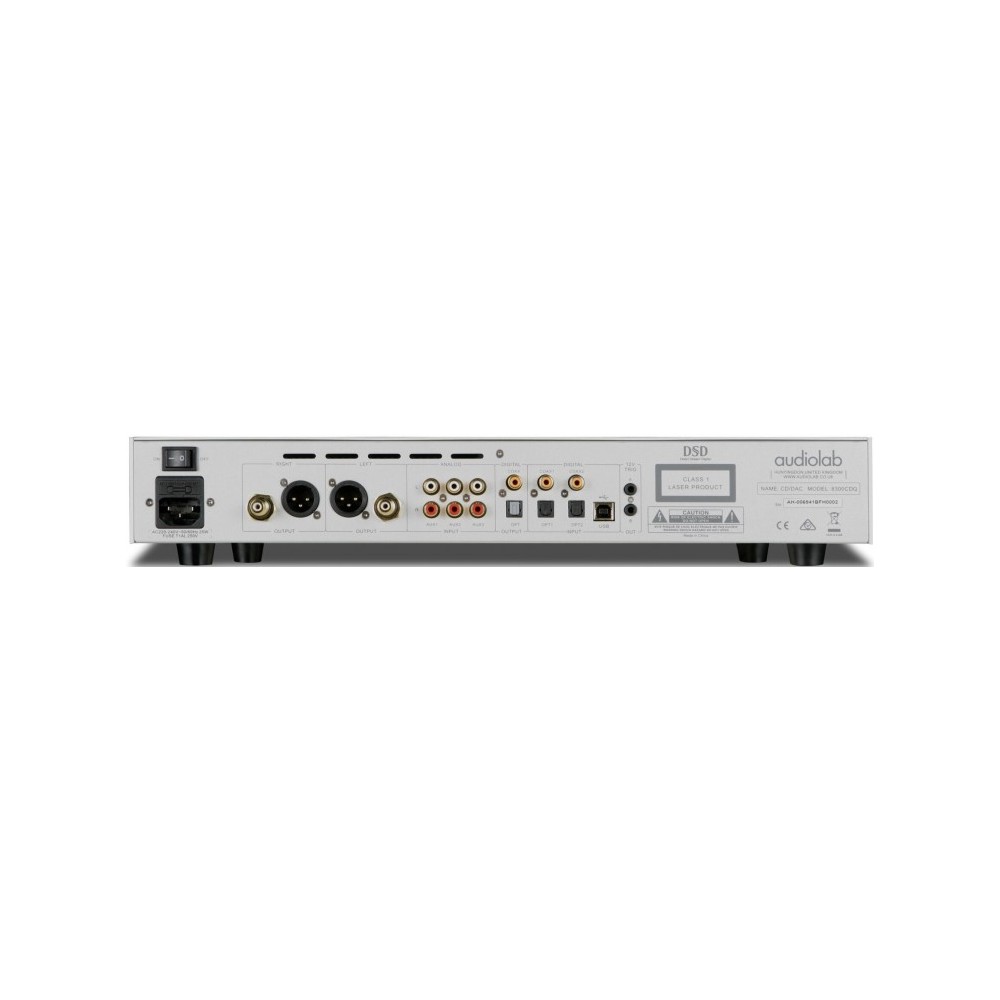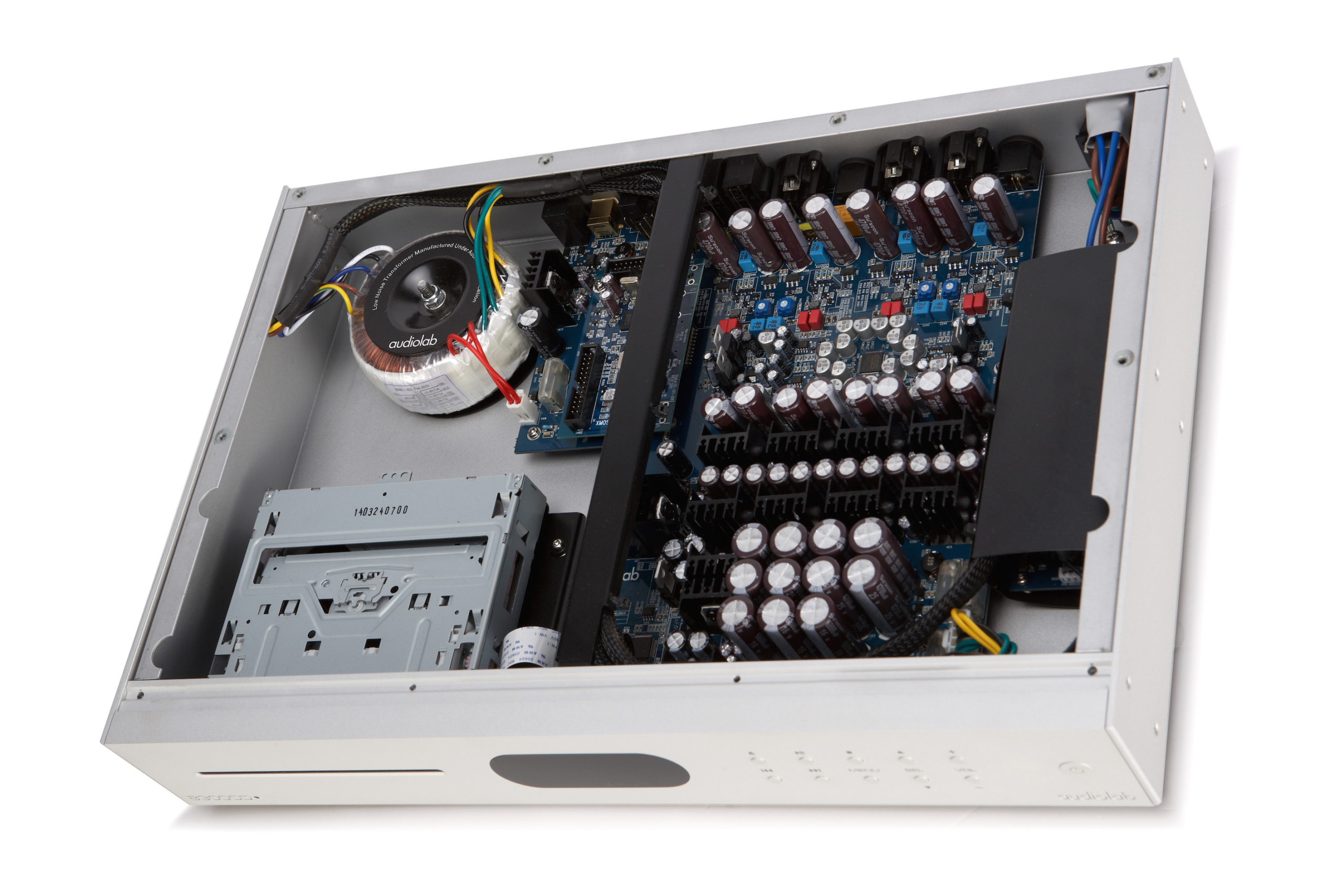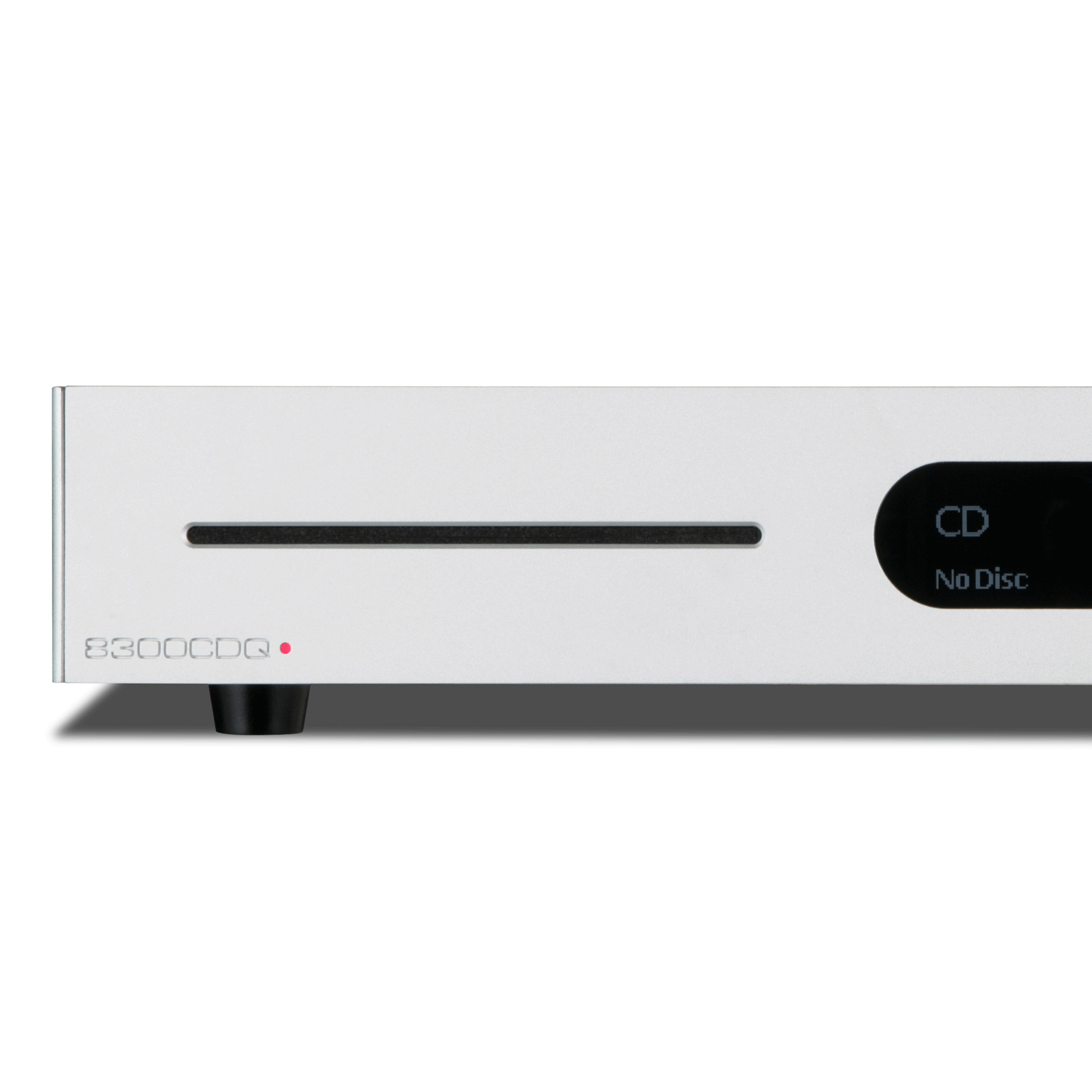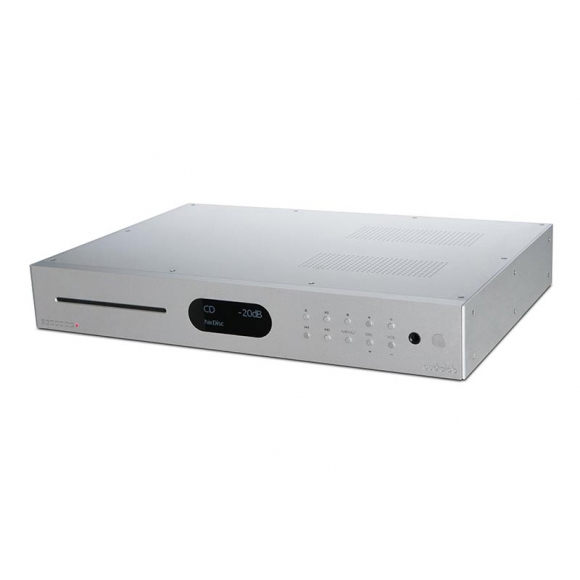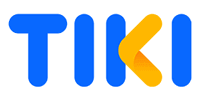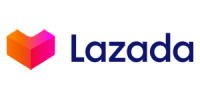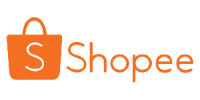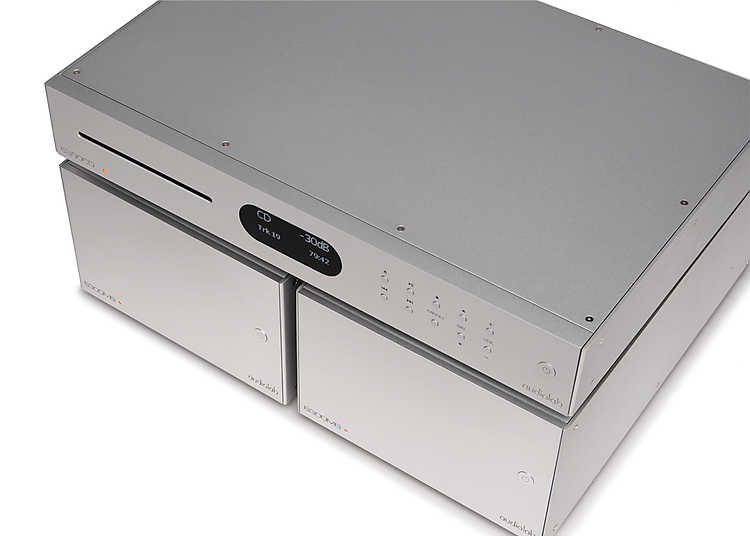Đầu CD AUDIOLAB 8300CDQ - SILVER ( Anh Quốc ) HÀNG CHÍNH HÃNG NEW 100%
Hãng: Audio-technica | Xem thêm các sản phẩm Đầu ghi phát CD của Audio-technicaMô tả ngắn
8300CDQCD Player / DAC / PreamplifierTo this specification the new 8300CDQ adds high-quality analogue preamp circuitry, coupled to three stereo pairs of line-level RCA inputs to connect analogue sour...- Giao hàng toàn quốc
- Được kiểm tra hàng
- Thanh toán khi nhận hàng
- Chất lượng, Uy tín
- 7 ngày đổi trả dễ dàng
- Hỗ trợ xuất hóa đơn đỏ
Giới thiệu Đầu CD AUDIOLAB 8300CDQ - SILVER ( Anh Quốc ) HÀNG CHÍNH HÃNG NEW 100%
8300CDQ
CD Player / DAC / Preamplifier
To this specification the new 8300CDQ adds high-quality analogue preamp circuitry, coupled to three stereo pairs of line-level RCA inputs to connect analogue sources. The preamp circuitry is kept as simple as possible using high-quality components to maintain signal purity, with line input signals passing to a precision analogue volume stage. Much effort has gone into the physical layout of the 8300CDQ’s circuitry, protecting the sensitive preamp section from noise interference.
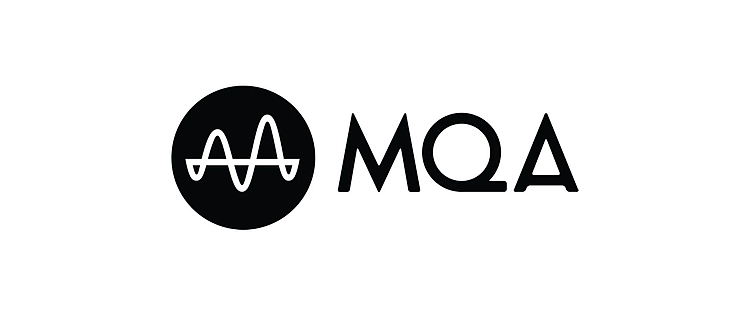
Technology
MQA
Taking it to the next level the 8300CDQ now includes MQA technology, which enables you to play back MQA audio files and streams, delivering the sound of the original master recording.
MQA (Master Quality Authenticated) is an award-winning British technology that delivers the sound of the original master recording. The master MQA file is fully authenticated and is small enough to stream or download.
Overview
The Sound of Science
The 8300CDQ adds further flexibility by incorporating a dedicated direct-coupled headphone amp with current-feedback circuitry. Accessed via a front-mounted 6.35mm socket, its gain bandwidth and high slew rate ensure a dynamic, detailed and engaging performance with all manner of headphone types.
The final key feature introduced in the 8300CDQ is decoding of MQA (Master Quality Authenticated). The brainchild of Meridian Audio co-founder Bob Stuart, MQA is a digital audio format designed for high-resolution music streaming and is available via subscription to Tidal’s ‘HiFi’ tier (among other sources). The 8300CDQ unpacks MQA data – received via the USB input – at the original file’s full resolution and passes the signal through its DAC and preamp stages, ready to feed a power amp or active speakers.
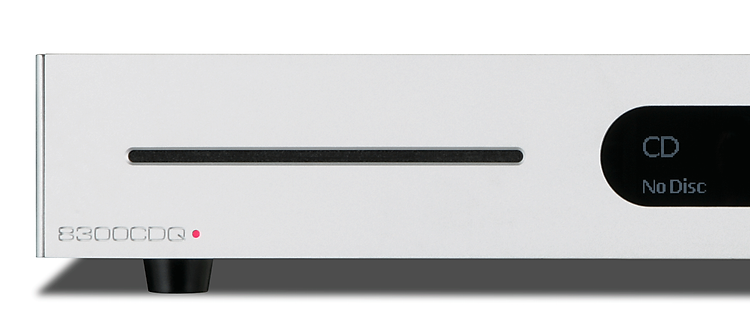
Audiolab’s MQA decoding solution was developed by John Westlake, one of Britain’s foremost digital audio experts. There are various ways to enable MQA playback on audio devices, and not all are equal sonically. Westlake’s solution maximises the format’s potential, just as the 8300CDQ’s design draws the best sound quality from other audio codecs and, of course, CDs
Launched in 2010, the original Westlake-designed Audiolab CD players – the 8200CD and 8200CDQ– were universally acclaimed for their superb sound quality and flexible facilities. In 2015, the 8300 Series arrived and both 8200 Series players were replaced by the 8300CD, building upon its predecessors’ formidable reputation. It has taken until now for this player to be joined by the enhanced 8300CDQ, further developing Audiolab’s />
Aside from the additional functionality outlined above, the 8300CDQ draws upon the exemplary circuitry contained with the existing 8300CD, including:
• Slot-loading CD transport mechanism
Fast in operation and neat in design, the 8300CDQ’s slot-loading CD transport delivers excellent reliability. A read-ahead digital buffer reduces disc-reading errors, enabling scratched CDs that are unreadable by conventional mechanisms to be played. High disc stability and low susceptibility to resonance contribute to the 8300CDQ’s superb CD sound quality.
• High-resolution digital inputs
Five digital inputs comprise 1x asynchronous USB and 4x S/PDIF (2x coaxial and 2x optical). Hi-res digital audio is supported up to 32-bit/384kHz PCM and DSD256, and USB HID compatibility enables driverless control of a connected PC, Mac or media player.
• 32-bit ESS Sabre DAC
The CD transport and digital inputs feed a DAC section with an ESS Sabre32 Reference chip nestling at its heart, utilising HyperStream architecture and ESS Technology’s Time Domain Jitter Eliminator to deliver ultra-low noise and high dynamic range. No company knows more about making the most of this 32-bit, eight-channel hybrid multi-bit Delta-Sigma DAC technology than Audiolab; the 8200CD and 8200CDQ were among the first audio components to use it and the company has been honing its implementation ever since. The conversion process involves 512 DAC elements (256 per channel) each operating at 84.672MHz – all digital audio sources, whatever the sample rate, are upsampled or oversampled to this frequency.
• Exemplary jitter reduction
Around the DAC chip are extensive measures to reduce jitter (digital distortion) to vanishingly low levels. Careful circuit layout and low-noise power supplies complement the DAC’s patented Sabre32 sample rate converter and clever DPLL (Digital Phase Locked Loop) circuit, radically reducing time domain errors from all digital input sources.
• Time domain isolation
While the Sabre32 sample rate converter virtually eliminates jitter within the digital domain, external ‘analogue domain’ induced artefacts caused by RF breakthrough, PSU coupling and so on will affect the DAC’s sonic performance. Audiolab resolves this issue via its CATDA (Cascaded Asynchronous Time Domain Attenuator) circuit. This circuit isolates the DAC substrate from sonically deleterious artefacts that affect non-synchronous digital input data. To achieve the best possible performance, three cellspacing="0" cellpadding="0">
Output Voltage
4.2Vrms ±0.1 (Balanced)
2.1Vrms ±0.1 (Unbalanced)
Output Impedance
10Ω
Total Harmonic Distortion (THD)
<0.002% (1kHz, 0dB, 20Hz ~ 20kHz, A weighted)
Frequency Response
20Hz - 20kHz (± 0.2dB)
Signal to Noise Ratio (S/N)
<-100dB A Weighted (Balanced)
<-98dB A Weighted (Unbalanced)
Dyanmic Range (A Weighted)
>100dB (Balanced)
>98dB (Unbalanced)
Crosstalk (@1kHz)
<-130dB (Balanced)
<-120dB (Unbalanced)
Standby Power Consumption
<0.5W
Power Requirements
240V ~ 50 - 60Hz
230V ~ 50 - 60Hz
115V ~ 50 - 60Hz
100V ~ 50 - 60Hz
Dimension(mm) (W x H x D)
444 X 80 X 317
Carton size(mm) ( W X H X D)
500 x 140 x 455
Weight
6.0kg (Net)
7.5kg (Gross)
Giá sản phẩm trên Tiki đã bao gồm thuế theo luật hiện hành. Bên cạnh đó, tuỳ vào loại sản phẩm, hình thức và địa chỉ giao hàng mà có thể phát sinh thêm chi phí khác như phí vận chuyển, phụ phí hàng cồng kềnh, thuế nhập khẩu (đối với đơn hàng giao từ nước ngoài có giá trị trên 1 triệu đồng).....
Giá PUMP
Thông tin chi tiết
| Thương hiệu | Audio-technica |
|---|---|
| Xuất xứ thương hiệu | Anh |
| Xuất xứ | Anh |
| SKU | 1570332350293 |

